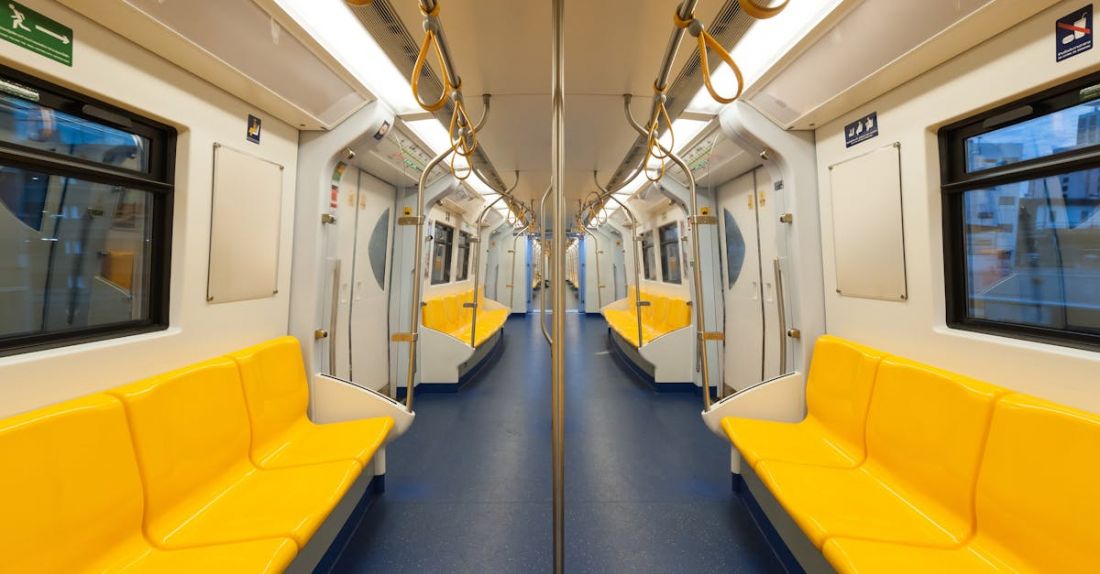
Smart building technology has revolutionized the way we interact with our living and working spaces. From energy efficiency to enhanced security, these innovations are shaping the future of architecture and construction. Let’s delve into the top advancements in smart building technology that are changing the game.
### Automated Lighting Systems
Gone are the days of manually switching lights on and off. Automated lighting systems use sensors and timers to adjust lighting levels based on natural light, occupancy, and time of day. This not only reduces energy consumption but also creates a more comfortable and efficient environment for occupants. Smart lighting systems can be controlled remotely via smartphones or programmed to follow specific schedules, providing convenience and flexibility.
### Energy Management Systems
Energy management systems are at the forefront of smart building technology, allowing for the monitoring and optimization of energy usage within a building. These systems collect data on energy consumption, identify inefficiencies, and suggest ways to reduce energy waste. By integrating energy management systems with other smart technologies, buildings can achieve significant cost savings and environmental benefits.
### IoT Sensors
The Internet of Things (IoT) has enabled the integration of sensors throughout buildings to collect real-time data on various aspects such as temperature, humidity, air quality, and occupancy. This data is used to optimize building operations, improve occupant comfort, and enhance overall efficiency. IoT sensors can also detect maintenance issues before they escalate, allowing for timely repairs and cost savings in the long run.
### Smart HVAC Systems
Heating, ventilation, and air conditioning (HVAC) systems play a crucial role in maintaining indoor comfort levels and energy efficiency. Smart HVAC systems use sensors and algorithms to adjust temperature, airflow, and ventilation based on occupancy and external conditions. By optimizing HVAC operations, buildings can reduce energy consumption, improve air quality, and extend the lifespan of equipment.
### Biometric Access Control
Traditional key-based access systems are being replaced by biometric access control technologies such as fingerprint scanners, facial recognition, and iris scanners. These technologies provide a higher level of security by verifying the identity of individuals entering a building. Biometric access control systems are not only more secure but also more convenient, eliminating the need for physical keys or access cards.
### Building Information Modeling (BIM)
Building Information Modeling (BIM) is revolutionizing the design and construction process by creating digital representations of buildings that incorporate geometric and spatial data. BIM allows architects, engineers, and contractors to collaborate more effectively, identify potential issues early on, and optimize building performance. By simulating various scenarios and analyzing data, BIM enhances decision-making and improves the overall efficiency of the construction process.
### Cloud-Based Building Management Systems
Cloud-based building management systems provide a centralized platform for monitoring and controlling various building systems such as lighting, HVAC, security, and energy management. These systems enable remote access, real-time data analytics, and predictive maintenance capabilities. By leveraging the power of the cloud, building managers can streamline operations, reduce costs, and enhance occupant comfort and safety.
### Virtual Reality (VR) and Augmented Reality (AR) in Design and Visualization
Virtual Reality (VR) and Augmented Reality (AR) technologies are transforming the way buildings are designed, visualized, and experienced. Architects and designers can create immersive virtual environments to explore different design options, simulate lighting and acoustics, and engage clients in the design process. VR and AR technologies enhance communication, improve decision-making, and provide a more interactive and engaging experience for all stakeholders.
In conclusion, the top innovations in smart building technology are reshaping the way buildings are designed, constructed, and operated. From automated lighting systems to IoT sensors and cloud-based management platforms, these advancements are enhancing energy efficiency, security, comfort, and sustainability. As technology continues to evolve, smart buildings will become more intelligent, responsive, and sustainable, setting new standards for the future of architecture and construction.





